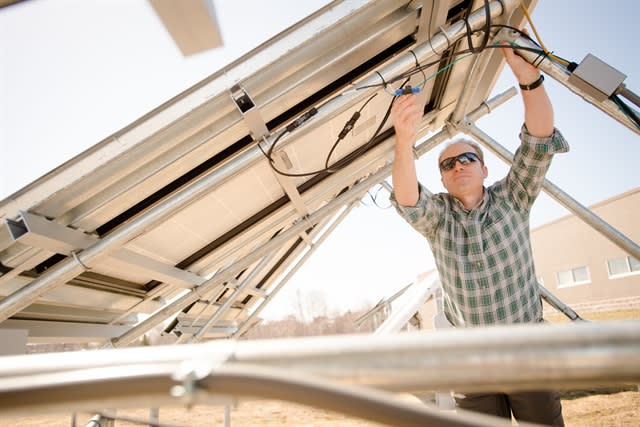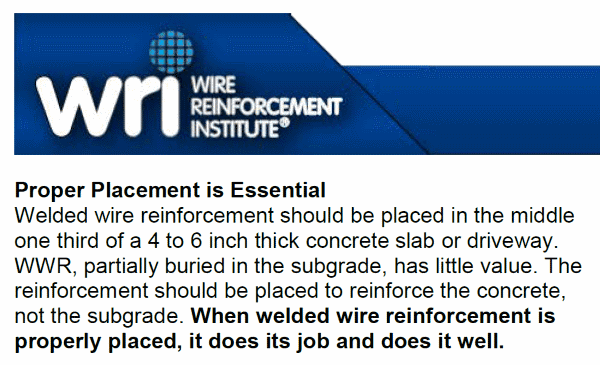brokensail
Civil/Environmental
- Mar 22, 2017
- 3
Need to replace part of a floor slab in an old warehouse. The area to be replaced is approximately 25' x 50' and the slab is 4" thick with wire mesh reinforcement.
Based on a variety of factors and people's input, the thought for this slab has become:
- #4 dowels at 12" (or 18"?) centers and 6x6 W2.9/W2.9 wire mesh reinforcement
- Non-swelling water stop (e.g., Sika Lockstop) at the interface between the cold/existing slab and the new section to be poured
- Control joints approx. every 10' (does not look like the existing slab has any control joints)
- Vapor barrier underneath the new slab-on-grade (shallow water table)
This seems like it might be overkill, but it's been awhile since I've done any real concrete work...
Based on a variety of factors and people's input, the thought for this slab has become:
- #4 dowels at 12" (or 18"?) centers and 6x6 W2.9/W2.9 wire mesh reinforcement
- Non-swelling water stop (e.g., Sika Lockstop) at the interface between the cold/existing slab and the new section to be poured
- Control joints approx. every 10' (does not look like the existing slab has any control joints)
- Vapor barrier underneath the new slab-on-grade (shallow water table)
This seems like it might be overkill, but it's been awhile since I've done any real concrete work...






![[idea] [idea] [idea]](/data/assets/smilies/idea.gif)
![[r2d2] [r2d2] [r2d2]](/data/assets/smilies/r2d2.gif)